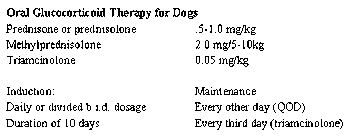John MacDonald, DVM, DACVD
Articles by John MacDonald, DVM, DACVD

Diagnosis of pruritic dermatopathies requires the dedication of collecting an historical account of the problem complete with all interrelationships of seasonality, in-contact animals, human disease and treatment, including specific drugs, treatment regimens and therapeutic outcome.

A series of dermatologic case presentations.

Pruritus in cats, like other species, can be caused by a multitude of diseases.

Flea allergy continues to be a common condition affecting dogs and cats despite the major advances in the understanding of flea biology, the immune mechanisms of flea allergy and the availability of newer chemicals providing more optimal flea control.

Atopic dermatitis, also known as atopy and previously called allergic inhalant dermatitis, is considered to be a genetically based condition whereby the animal develops an IgE antibody response to environmental proteins resulting in disease, most commonly allergic dermatitis.

Bacterial skin infections represent a common condition affecting the canine and is often recurrent.

Despite the advent of newer demodicidal therapeutics, management of the chronic relapsing or refractory demodicosis cases remains a frustration.

Cutaneous or subcutaneous nodules are relatively common problems in the dog and cat with assorted etiologies to be considered.

Malassezia pachydermatis is a yeast organism most commonly recognized as an associated cause of otitis externa.



